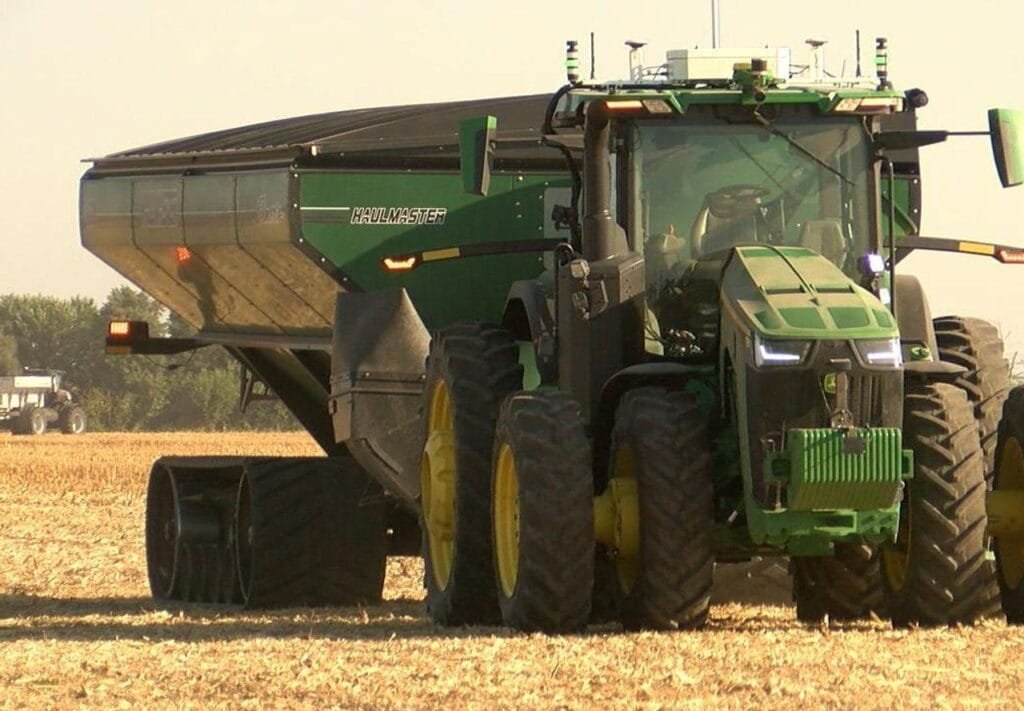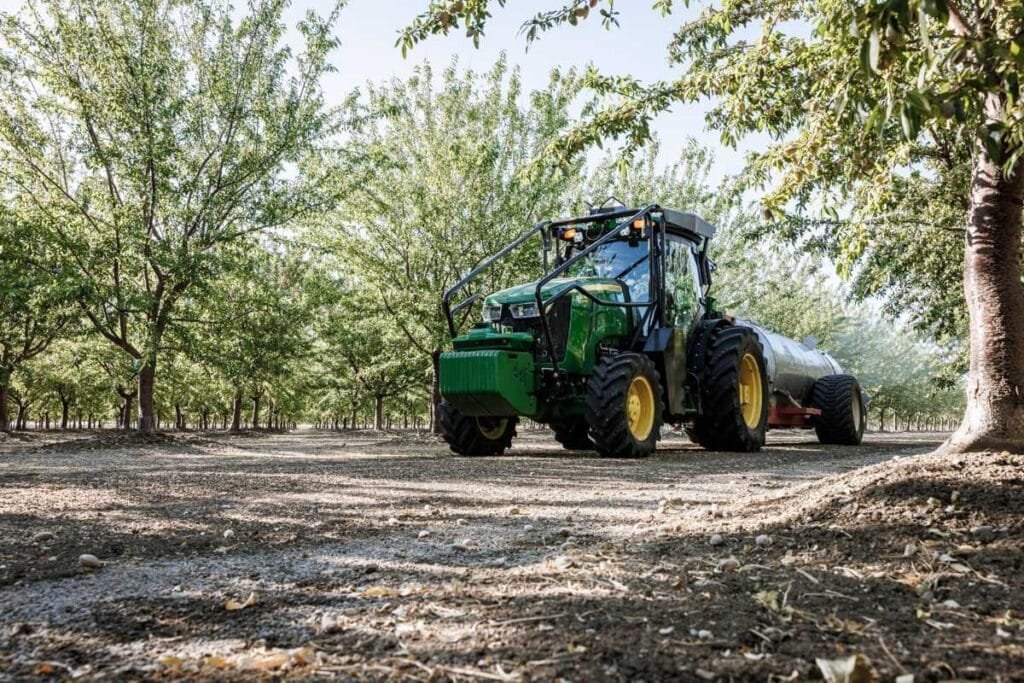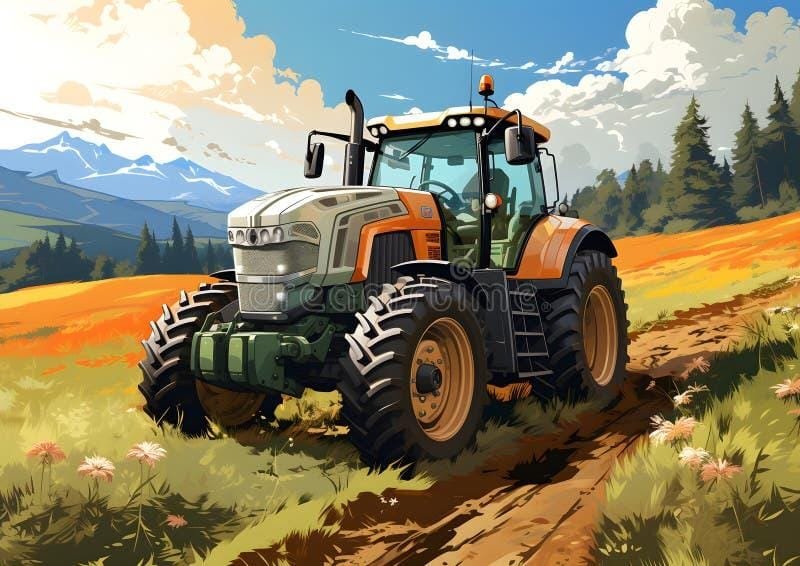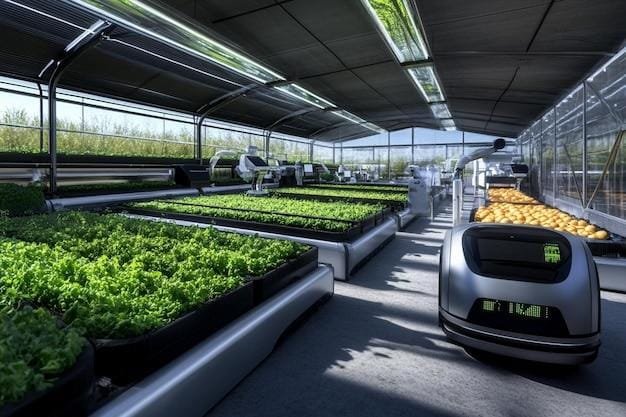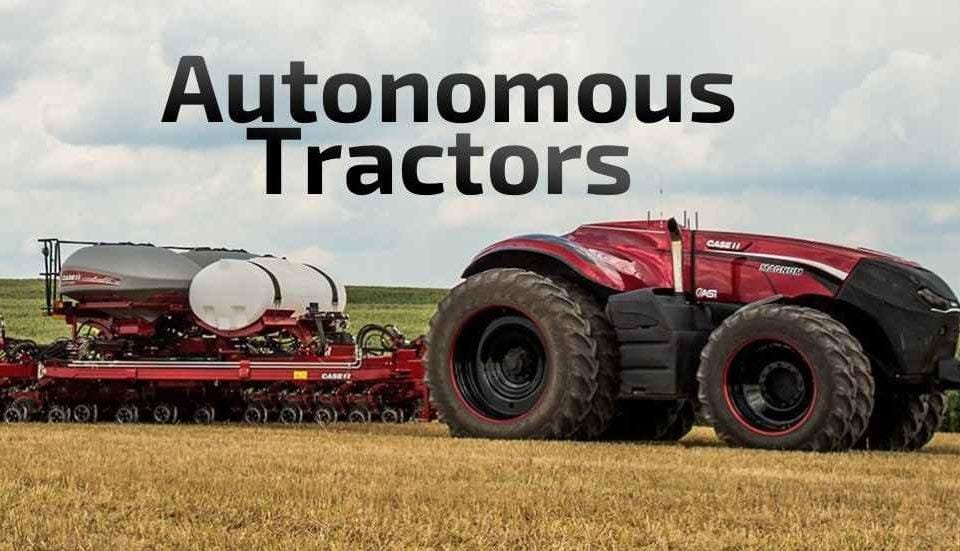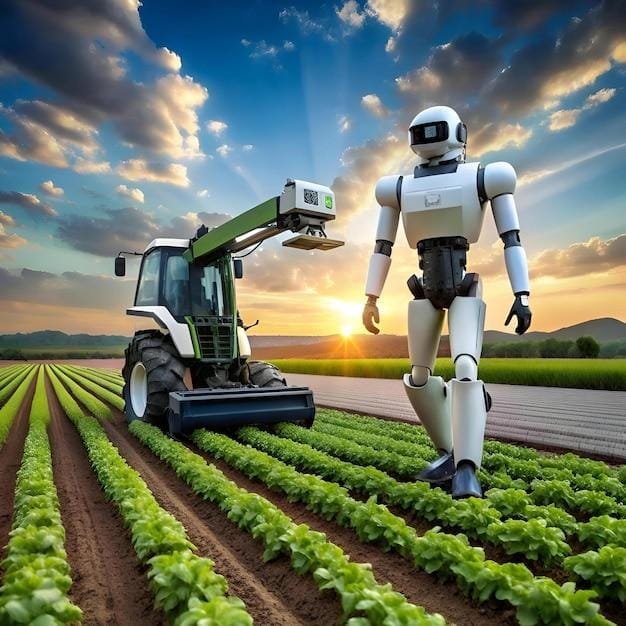AGCO’s latest stride toward reshaping the agricultural landscape surfaces in 2025 with the introduction of its OutRun Autonomous Tractor Retrofit Kits-engineered specifically for mixed fleets. These kits, not just mere add-ons but self-contained control centers, impart autonomy to select Fendt and John Deere tractors for grain cart and tillage tasks. A neighboring field of innovation beckons as the nature of farm labor oscillates-skilled operators sometimes departing farm systems at a swift decline and technological adoption swiftly emerging.
OutRun retrofits are tailored initially for Fendt (a model yet kept under wraps) and John Deere 8R tractors equipped with IVT transmissions, reaching back to model year 2014. Such backward compatibility subtly breaks from industry tradition; manufacturers often restrict innovations to only their newest lineups. AGCO’s willingness here signals intent: democratize autonomy regardless of fleet composition or tractor vintage-a crucial aspect for vast Midwestern operations where machine age diversity rivals crop rotation patterns.
Installation time is strikingly pragmatic. With technicians estimating roughly half a day per unit, farms won’t need elaborate downtime schedules-installation speed translates directly into minimized harvest interruptions. Unlike overly intricate robotic systems requiring weeks-long calibration, these kits prioritize in-field agility. The OutRun hardware itself nests atop tractor cabs-a white sentinel housing navigation algorithms and sensing arrays capable (probably) more than streetside delivery bots.
Demonstrations at AGCO Tech Day evidenced dual carts operating unaccompanied by operator hands while combines harvested nearby. Two autonomous units gliding across Kansas soil: it once would have sounded like wheat country folklore. Yet that vision now sits within reach-a minor irony lies in seeing heritage brands like Massey Ferguson shepherding such post-industrial capacity into existence.
With this release AGCO cannot be said to rely on monolithic proprietary frameworks; instead it embraces interoperability across brands both friendly rival (Fendt) and historic competitor (John Deere). This suggests an unexpected camaraderie within ag tech development circles-even though ultimately market share lures remain unchanged from season to season.
AGCO displays pilot packages throughout Iowa, Nebraska, Kansas, Missouri during autumn trials-it is something akin perhaps to barnstorming days when new marvels first toured sleepy farming towns before electrification fully arrived. Not every retrofit ends up standardized overnight; early performance quirks might evoke uneasy comparisons with overzealous yield monitor launches from twenty years ago. Nevertheless those who recall that period know today’s field tests prompt less skepticism than before-the tech tide has turned toward tolerance for iterative rollout rather than perfect solutions each time machinery leaves the gate.
Autonomy means different things depending on context: For some custom harvesters running three generations’ worth of iron side-by-side amid unpredictable weather windows? It means freeing veteran operators up to manage logistics rather than steering row after endless row through dusk-tinged haze. For enterprise-size cooperatives stretching acres through alluvial plains? It enhances data-gathering precision beyond what tired human senses could muster after fourteen straight hours-and enables multitasking previously reserved only for octopuses or Shakespearean metaphors about spinning plates.
The OutRun kit doesn’t transform every possible agricultural task yet-initial focus remains on grain cart handling and tillage automation because these offer lowest-hanging fruit for sensor-guided repeatability. Somewhat unexpectedly though one wonders if planting applications might come next since precise trajectory maintenance proves equally crucial there as in a mid-harvest transfer under cloudy October skies…or maybe weed detection receives priority given herbicide cost upticks lately?
It should also be noted that while the transition onto autonomous capability seems seamless on promotional materials-the physical reality could provide some hiccup-worthy surprises once temperatures drop below freezing or wireless connectivity flickers near tree lines; practical-minded producers always hedge initial optimism until several seasons’ experience accumulates beneath their bootsfast enough that business lunches end up being rescheduled around software update cycles instead of cattle feeding times.
OutRun’s arrival sets off subtle background shifts across North American agronomy culture too-not unlike how regional dialects morph when new transportation routes bypass older townships entirely. Nowhere else will you see “autonomous fleet coordination protocols” rising so quickly alongside classic topics like fertilizer banding depth variances or hybrid seed population calibrations during winter meetings at dusty community centers.
Some observers anticipate robust aftermarket competition shortly-for every advance made by an industry leader such as AGCO inevitably draws tinkering engineers seeking improvements or customization synergies not originally envisioned by corporate R&D teams who work oceans away from county roads named after dead presidents. One old saying comes oddly relevant here: “Don’t put all your eggs in one basket”-except now it’s more about firmware ecosystems than chicken coops lining red-weathered barnsides.
Amid these transitions farmers eye upcoming regulatory landscapes warily even as they trial-row newly minted autonomous implements through test plots; legal liability precedents lag far behind LIDAR-driven course corrections but few believe inertia will forestall ultimate adoption altogether-not while razor-thin margins persist up against shifting global commodity demands or sudden climate oscillations channel unpredictabilities reminiscent of past Dust Bowl days transformed anew by silicon logic boards perched above sodden fields ready once again for planting next spring.

